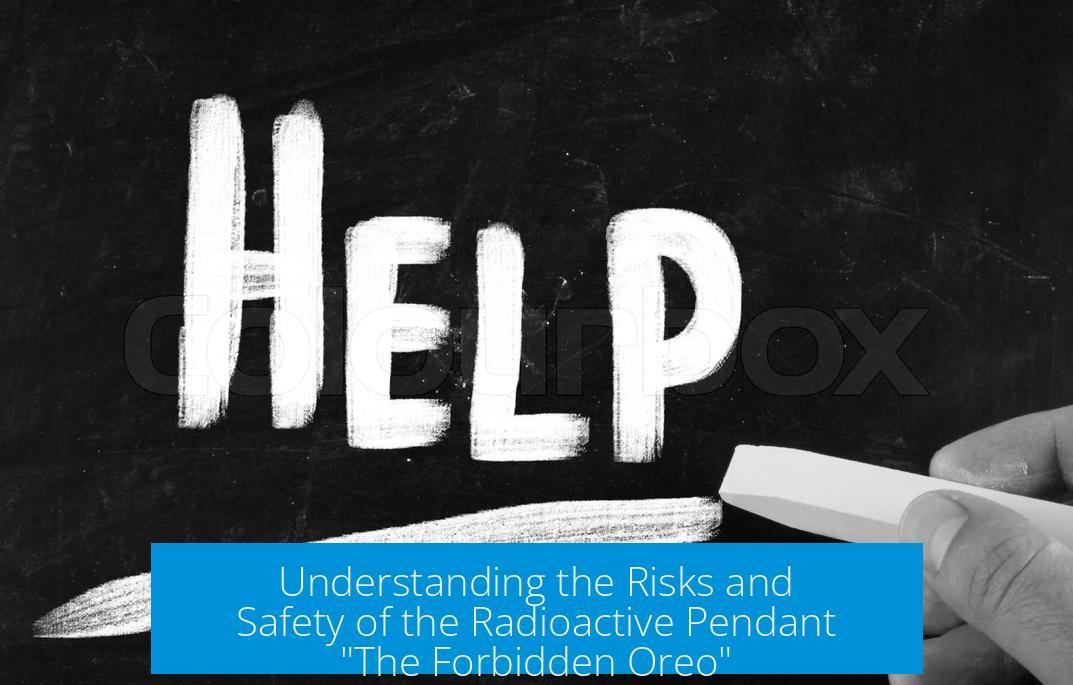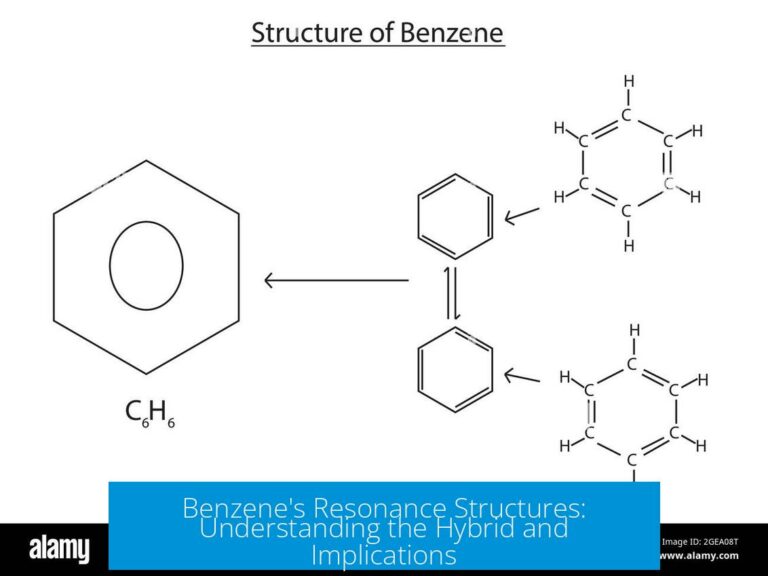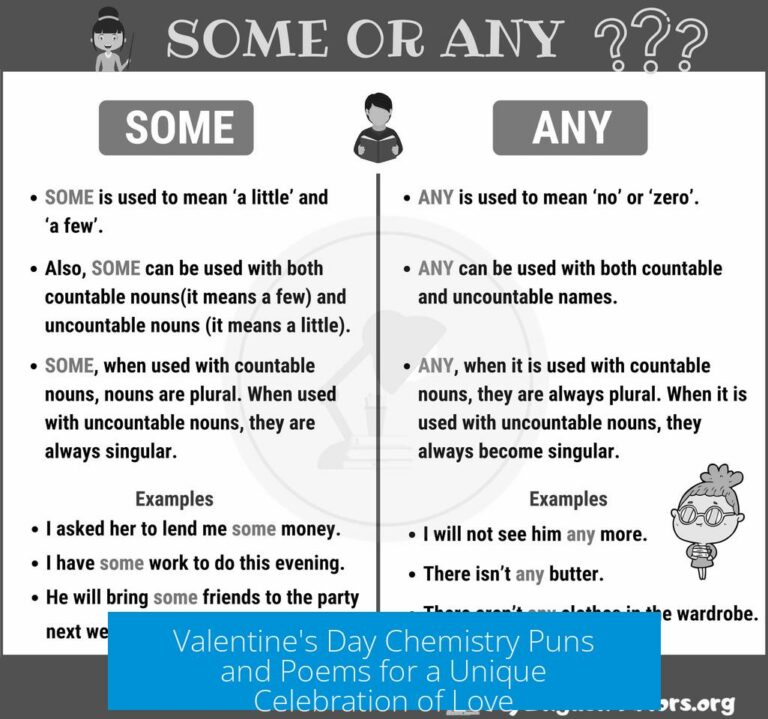Understanding the Radioactive Pendant Known as “The Forbidden Oreo”
The pendant contains small amounts of thorium oxide, emitting mostly alpha particles. These particles pose limited external risk but can be harmful if inhaled or ingested. Normal wear causes the pendant to chip, spreading radioactive dust that risks internal exposure. Storing it away reduces exposure significantly.
Composition and Nature of the Pendant
These pendants are usually made from a ceramic-like material incorporating thorium oxide. Thorium, a naturally radioactive element, primarily emits alpha particles, which consist of helium nuclei (He2+). Unlike gamma or beta radiation, alpha particles have low penetration power and cannot traverse human skin.
The radioactivity levels in these pendants vary. Some are only faintly radioactive, while others exhibit more noticeable emissions. The slow decay rate of thorium oxide means radiation exposure accumulates gradually. Unlike highly radioactive elements such as plutonium, thorium’s lower activity reduces its hazard when the pendant remains untouched or stored.
| Component | Description |
|---|---|
| Thorium Oxide (ThO2) | Primary radioactive material; emits alpha particles |
| Ceramic Matrix | Holds thorium oxide particles, physically stable but chips during wear |
Health Risks and Radiation Exposure
The main hazard arises from alpha radiation inhaled or ingested once particles break free due to the pendant’s fragility. Alpha particles ionize tissues efficiently, causing damage within internal organs.
- Alpha particles cannot penetrate intact skin.
- Chipping causes microscopic radioactive dust to spread.
- Inhalation or ingestion of dust raises risk of lung or internal tissue damage.
Continuous skin contact intensifies exposure, as the pendant rests directly against the body for prolonged periods. Wearing it is discouraged, especially since ceramic wear leads to dust shedding on skin, hair, and clothing, increasing inhalation risk.
Safe Handling Practices
Experts recommend avoiding body contact with pendants containing thorium oxide. Storage should isolate the item. Suggestions include placing it in a sealed metal container, stored away from living areas.
- Do not wear the pendant or keep it in your pocket.
- Store it in a metal box in a well-ventilated, distant location.
- Regularly inspect the pendant for damage or chipping.
Using a Geiger counter can help determine radiation levels. Alternatively, exposing instant camera film to the pendant within packaging and developing the film in darkness provides evidence of radioactive emissions.
Disposal Recommendations
Disposing of a radioactive pendant necessitates awareness of local regulations. These vary widely by jurisdiction.
- Contact local waste management authorities about hazardous radioactive material disposal.
- Physics departments at nearby universities may accept or advise on disposal.
- Professional hazardous waste companies may handle disposal, though fees vary.
- If no alternatives exist, some experts consider disposal via normal trash relatively low risk due to minimal thorium amounts.
Thorium in these pendants is less radiologically hazardous than materials in naturally occurring minerals such as monazite. Nonetheless, confirm your area’s legal guidance to avoid regulatory violations.
Additional Resources and Community Insights
Several online resources provide comprehensive analyses of these thorium-containing pendants. Notably, YouTube channels like Nighthawkinlight and The Thought Emporium offer detailed videos including disassembly and radiation testing:
- The Thought Emporium – Thorium Pendant Exploration (Part 1)
- The Thought Emporium – Thorium Pendant Exploration (Part 2)
Physicists and collectors have shown interest in these pendants as educational artifacts, but personal handling should still follow safety precautions. Some community members consider trading or donating these items rather than wearing or storing them indiscriminately.
Common Misunderstandings Clarified
One source of confusion concerns the pendant’s resemblance to ordinary objects like cookies or specifically Oreos, leading to jokes or misunderstandings. Despite appearances, the critical issue is radioactivity and safety precautions, not the pendant’s aesthetics.
Key Takeaways
- Thorium oxide in the pendant emits alpha radiation, which is non-penetrating externally but hazardous if inhaled or ingested.
- Wear causes the ceramic pendant to chip, releasing radioactive dust that may harm internal tissues if inhaled.
- Avoid wearing the pendant; store it safely in a sealed metal container away from regular living space.
- Test radioactivity with a Geiger counter or instant film to assess risk.
- Dispose of the pendant following local hazardous waste regulations; seek advice from universities or waste management services.
- Educational and detailed investigations are available via specialized YouTube channels.





Leave a Comment